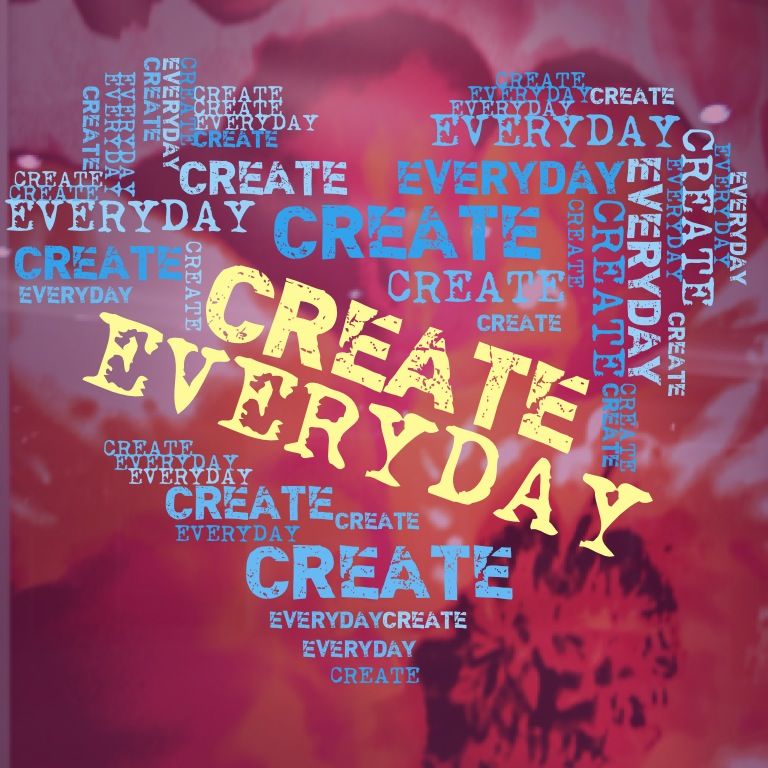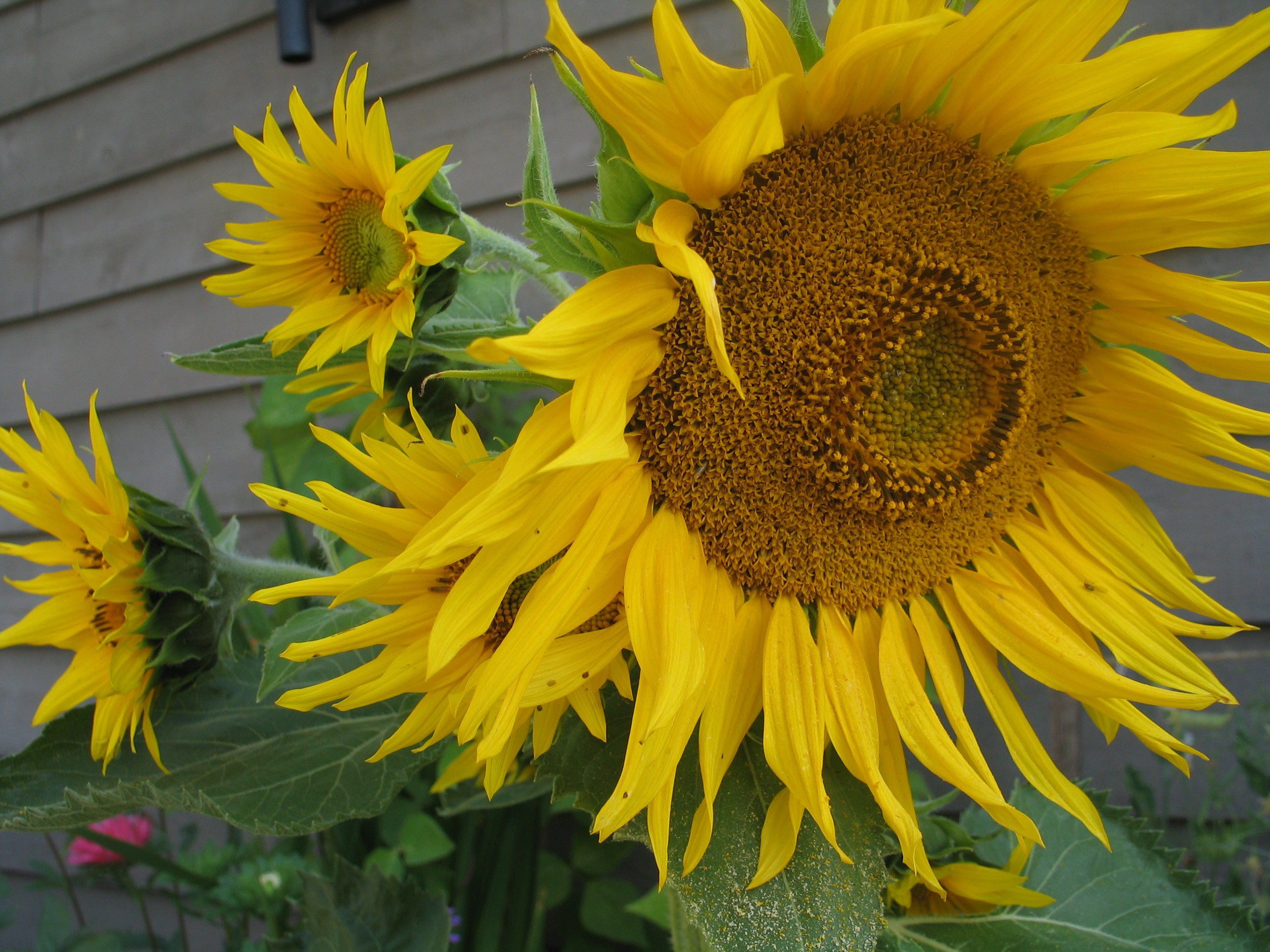Art, Nature and Mathematics
Significant Perspectives on the World
Recognizing, classifying, and exploiting patterns: “Why do many flowers have five or eight petals, but very few six or seven? Why do snowflakes have six-fold symmetry? Why do tigers have stripes but leopards spots? throughout human history, artists and scientists alike have been inspired by the form and beauty of the natural world. Our changing vision of the universe, and of our place within it, reflects an ever-growing understanding of pattern and structure in nature. Human mind and culture have invented a formal system of reasoning that lets us recognize, classify, and exploit patterns, whatever they may be and whenever they arise” – Stewart, 1995
Mathematics is the science of order and mathematicians seek to identify instances of order and to format and understand concepts that enable us to perceive order in complicated situations. – S. Sternberg
“Proportion is a principle in Nature which is a purely mathematical one and one to be rightly interpreted by man through the means of geometry; therefore geometry is not only the gateway to science but it is also a noble portal opening wide into the realms of art”. – Coleman & Coan, 1971, p.1
The Fibonacci sequence and spiral, named after 12th century Italian mathematician, Leonardo Fibonacci, who recognized the unique pattern, is a special sequence of numbers in which each is the sums of the two preceding numbers (1,1,2,3,5,8,13,21,34,55,89…). These numbers and spirals are reflected in the number of petals of flowers; for example, lilies and irises have 3 petals, wild rose and buttercups have 5, delphiniums have 8, marigolds have 13, asters have 21, and daisies have 34, 55, 0r 89. (Jarvis & Naested, 2012)
The spiral is a powerful visual form found throughout the universe, in the galaxies, and in smaller natural forms, such as flowers, animal horns, and seashells. From the earliest record of visual statements, artists and designers have used the spiral form in their work. – Hubbard, 1986
Spirals: The Calm at the Centre
“If you watch a daisy flower grow, over time you’ll see its central yellow florets (little flowers) emerge mysteriously from the living eye of the plant and grow, whirling outward more slowly toward the periphery. In fact, the name daisy derives from ‘day’s eye’ the eye of the day.” – Schneider, 1994, p. 147
Exploring the Math and Art Connection: Teaching and Learning Between the Lines. Jarvis & Naested (2012). Edmonton, Alberta, Canada, Brush Education. www.brusheducation.ca
The connection between math and art is as ancient as the disciplines themselves. Mathematicians, artists, and philosophers studied natural proportion and geometry such as the golden ratio, spirals, spheres, and circles. However, the majority of students today are unfamiliar with the intimate link between the two subjects of art and math, which nave often been segregated and taught separately in most schools.
Naested & Jarvis highlight the natural association between art and math in practical ideas for the classroom, for the artist and the mathematician. When students understand the art/math connection, their understanding and confidence increase in both subjects. Through innovative teaching strategies and more tun 100 rich learning experiences, teachers are given a wealth of engaging tools to explore the art/math connection with themselves and their students. This connection is established through examinations of natural and human-designed objects, from how pine cone scales spiral out in a Fibonacci sequence to how geometric shapes combine in architecture to form some of the most beautiful structures on the planet.
[su_posts template=”templates/single-post.php” posts_per_page=”15″ tax_term=”3″][/su_posts]



